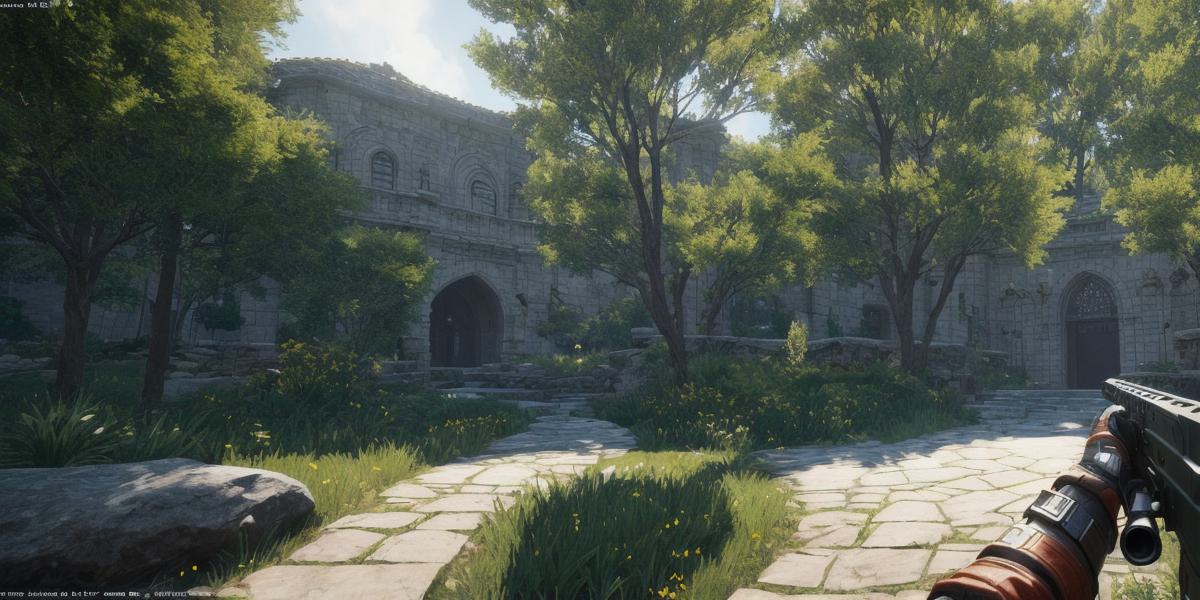Maximizing Unreal Engine 4 Performance on Low RAM Systems: Tips and Tricks

Unreal Engine is a powerful tool for creating immersive experiences, but it can be difficult to run on low-RAM systems. As an Unreal Engine developer, you want to ensure that your projects run smoothly and efficiently, even on less than ideal hardware. In this article, we’ll explore some tips and tricks for maximizing Unreal Engine 4 performance on low RAM systems.
- Optimize your project settings
The first step to improving Unreal Engine performance is to optimize your project settings. This involves adjusting various settings in the editor, such as resolution, frame rate, and graphics quality. By lowering these settings, you can reduce the amount of memory required by your project, which can help it run more smoothly on a low-RAM system.
- Use LODs (level of detail) to optimize render times
Level of detail (LOD) is a technique that allows you to optimize render times by reducing the level of detail in certain parts of your scene. This can be particularly useful for large scenes with a lot of detail, as it can help reduce memory usage and improve performance on low-RAM systems.
- Use textures efficiently
Textures are an essential part of any Unreal Engine project, but they can also consume a significant amount of memory. To optimize performance on low-RAM systems, it’s important to use textures efficiently. This involves compressing textures and using lower resolution versions where possible. You can also use texture atlases, which combine multiple textures into a single image, to further reduce memory usage.
- Use lighting wisely
Lighting is another key factor in Unreal Engine performance. By using lighting wisely, you can optimize your project for better performance on low-RAM systems. This involves using soft shadows and indirect lighting to reduce the amount of detail needed by the engine.
- Avoid using complex materials
Materials are an essential part of any Unreal Engine project, but they can also consume a significant amount of memory. To optimize performance on low-RAM systems, it’s important to avoid using complex materials wherever possible. Instead, use simple materials that require less memory and processing power.
- Use Vsync for a smooth experience
Vsync is a technique that allows you to synchronize your game’s frame rate with the monitor’s refresh rate, ensuring a smooth experience on low-RAM systems. By using Vsync, you can reduce screen tearing and ensure that your project runs smoothly even on older hardware.
In conclusion, maximizing Unreal Engine 4 performance on low RAM systems requires careful optimization of project settings, efficient use of textures, wise lighting, and avoiding complex materials. With these tips in mind, you can ensure that your projects run smoothly and efficiently, even on less than ideal hardware.








